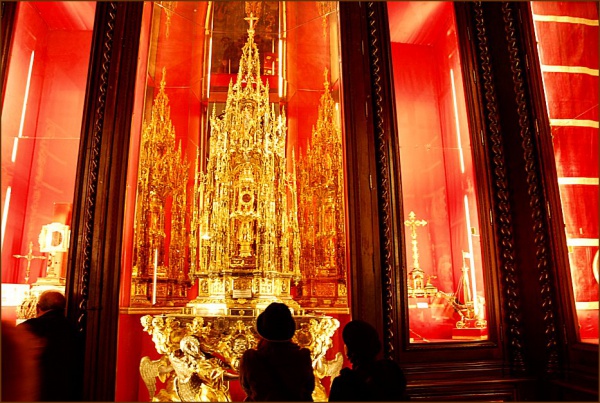Facts About Corpus Christi
The Feast of Corpus Christi, also known as the Solemnity of the Most Holy Body and Blood of Christ, is a significant celebration in Roman Catholic, Anglican, and Western Orthodox churches. It commemorates the belief in the Real Presence of Jesus Christ in the Eucharist. The concept for this feast was proposed by St. Thomas Aquinas to Pope Urban IV to highlight the joy and significance of the Eucharist as the Body and Blood, Soul, and Divinity of Jesus Christ. Established in 1264, the feast is observed on the Thursday after Trinity Sunday or, in some places, the following Sunday. Celebrations often include a procession of the Blessed Sacrament and Benediction.
The origins of this feast are linked to St. Juliana of Liège, who experienced visions calling for its institution. Pope Urban IV formally established the feast in 1264, with St. Thomas Aquinas contributing significantly by composing hymns and prayers for the occasion. The feast remained on the General Roman Calendar until it was modified in 1969.
In the Roman Catholic Church, Corpus Christi is a holy day of obligation in some countries, requiring Catholics to attend Mass. Anglican churches observe it as "Thanksgiving for Holy Communion." However, Lutherans and Calvinists do not celebrate this feast. Other denominations, such as the Old Catholic Church, the Liberal Catholic Church, and some Western Rite Orthodox Christians, also observe Corpus Christi.
Various folk traditions have developed around Corpus Christi. In medieval Europe, mystery plays were performed. In Peru, the Quyllurit'i festival is associated with this feast. In Spain, particularly in Catalonia, there is a unique tradition called the "dancing egg."
Corpus Christi is a public holiday in many predominantly Catholic countries. The day is marked with Mass, processions, and other religious and cultural activities that vary by region.

 Chile
Chile